Experiencing an Authentic Coffee Tour in Colombia's Coffee Axis
Coffee. I love coffee! A lot of people do. Even though I love coffee, I don’t feel the need to sit in a coffee shop with a MacBook, penning missives about obscure music and discussing what a snazzy bouquet my Arabica has. I wanted to do a coffee tour whilst in Colombia, but it had to be free of pretentiousness.
Although here I was in Salento, at the heart of Colombia’s ‘Coffee Axis’. An area renowned all over the world for its exquisite coffee. Could there be a better place for a coffee tour?
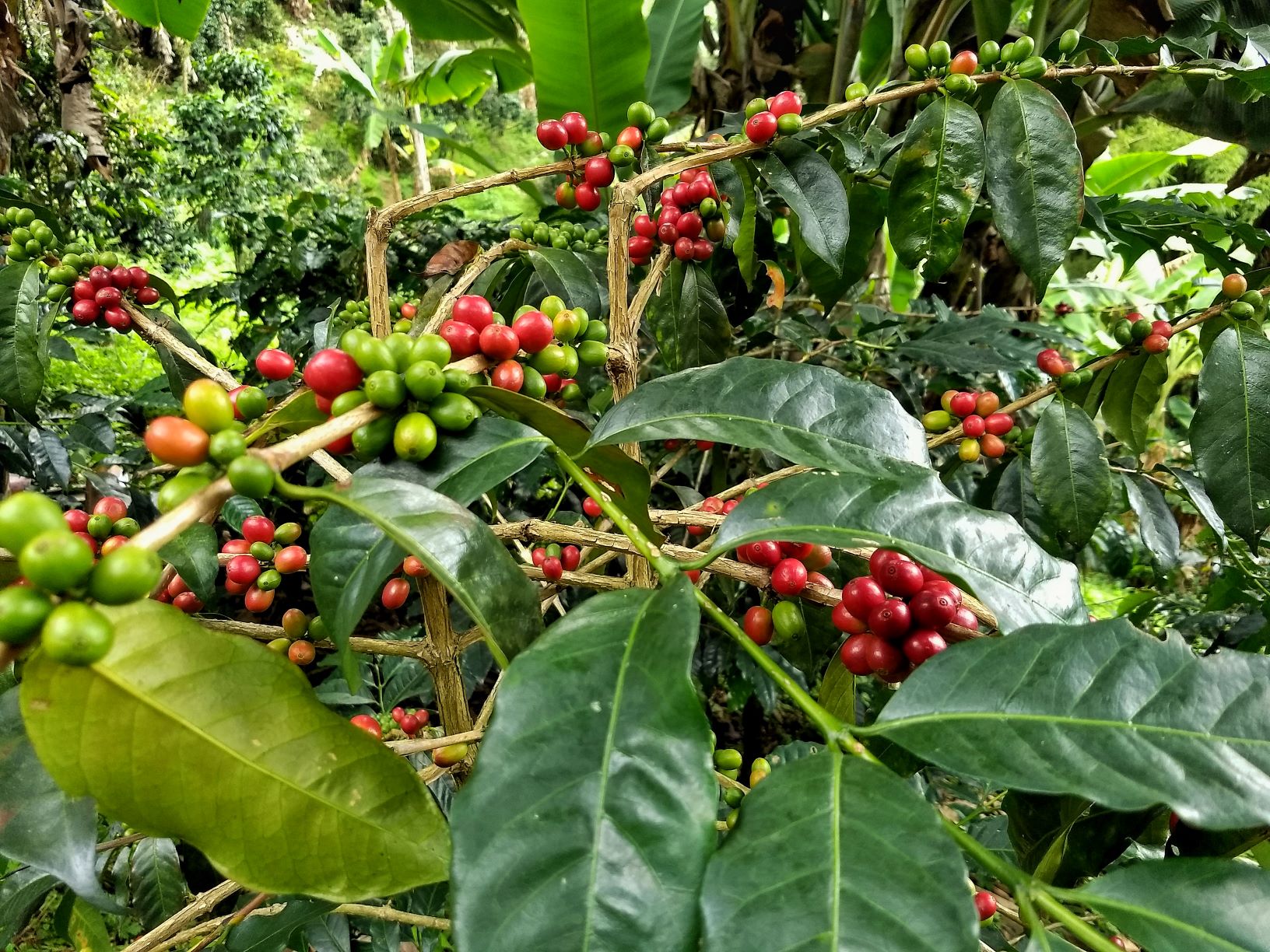
I was interested to learn more, but didn’t want the pomp and pretentiousness that goes along with it. With so many coffee tours on offer in Salento, I made the decision to go with ‘Don Eduardo’ at Plantation House. Upon arrival Don asked what I knew about coffee. “I love it, but I couldn’t give a breakdown of every flavour washing around my mouth” I replied. “It can all get a bit pretentious can’t it” Don replied. With that, I knew I’d made the right choice.
Don Eduardo is not actually the Colombian cowboy farmer you might imagine. He’s actually Timothy from England. This might confuse some, but you can’t grow Colombian coffee and call it Timothy. Smart marketing!
Colombia’s famous Juan Valdez coffee chain is the same. There is no mountain dwelling moustached Juan Valdez like you see on the picture. He’s made up to sound authentic.

Timothy, who I will now refer to as Don, has owned and run the Plantation House coffee farm for the past 15 years. An absolutely gorgeous plantation of rolling hills and deep valleys. Starting off the tour, Don discussed how there are 300,000 coffee plantations in Colombia. A staggering amount, but given that Arabica coffee thrives at a height of 1,200 – 1,600 feet, the lands of Colombia make it the perfect place for growing.
At Don Eduardo’s there is a small batch of Arabica plants over 100 years old. These are the forefathers of the plantation and all the trees on his farm are its descendants. Having said forefather, coffee plants are actually both male and female! Another fun fact for you!

Amongst the coffee trees are banana trees. Whilst providing a delicious snack for Don and his guests, they also serve a purpose. Coffee needs shade and banana trees provide the perfect (and tasty) solution.
As for Colombian coffee, it’s nearly always a blend. My ears pricked up at this. Being a fan of whisky and understanding the difference between a blend and a single grain malt. In relation to coffee, the principal is exactly the same. Perception will tell you the one is superior to the other, but the reality is that you can get incredible blends as well as single origin coffees (single grain / blended whisky anyone?).
Arabica and Robusta are the only two coffee beans in the world produced on an industrial scale. Anything else is in limited quantities and thus dramatically escalates in price. Don’s finca has four different beans, with the main one being Arabica. A coffee bean which offers more flavour, but a lower caffeine content than Robusta.

Walking through the plantation we saw traditional and modern Arabica trees. The traditional variety don’t need shade in the same way modern Arabica trees do. Their branches spread out in a cross formation, whereas modern Arabica trees grow out like branches.
Like humans, one coffee bean takes nine months to go from a flower to a cherry. Each is then picked by hand. There’s a window of around two weeks before the red cherry pod turns black, so it’s intense work plucking them from the branches.
Once picked, the beans need to be extracted from the shells. This is done by pouring them in to a machine (patented by a Scotsman of all people). Turning the handle, the beans rotate, their skins peel off and the beans roll out ready for the next stage.
I’d always imagined coffee beans to be brown, but that comes later in the process. Their actual colour is a mix of white and beige. They’re also incredibly slimy; coated in a sweet sugar like substance. The slime needs to be washed away and so the beans are cleaned in pure water for 48 hours to extract the sugar. The water turns a frothy brown as the coffee beans sugar is released and fermentation starts to take place.
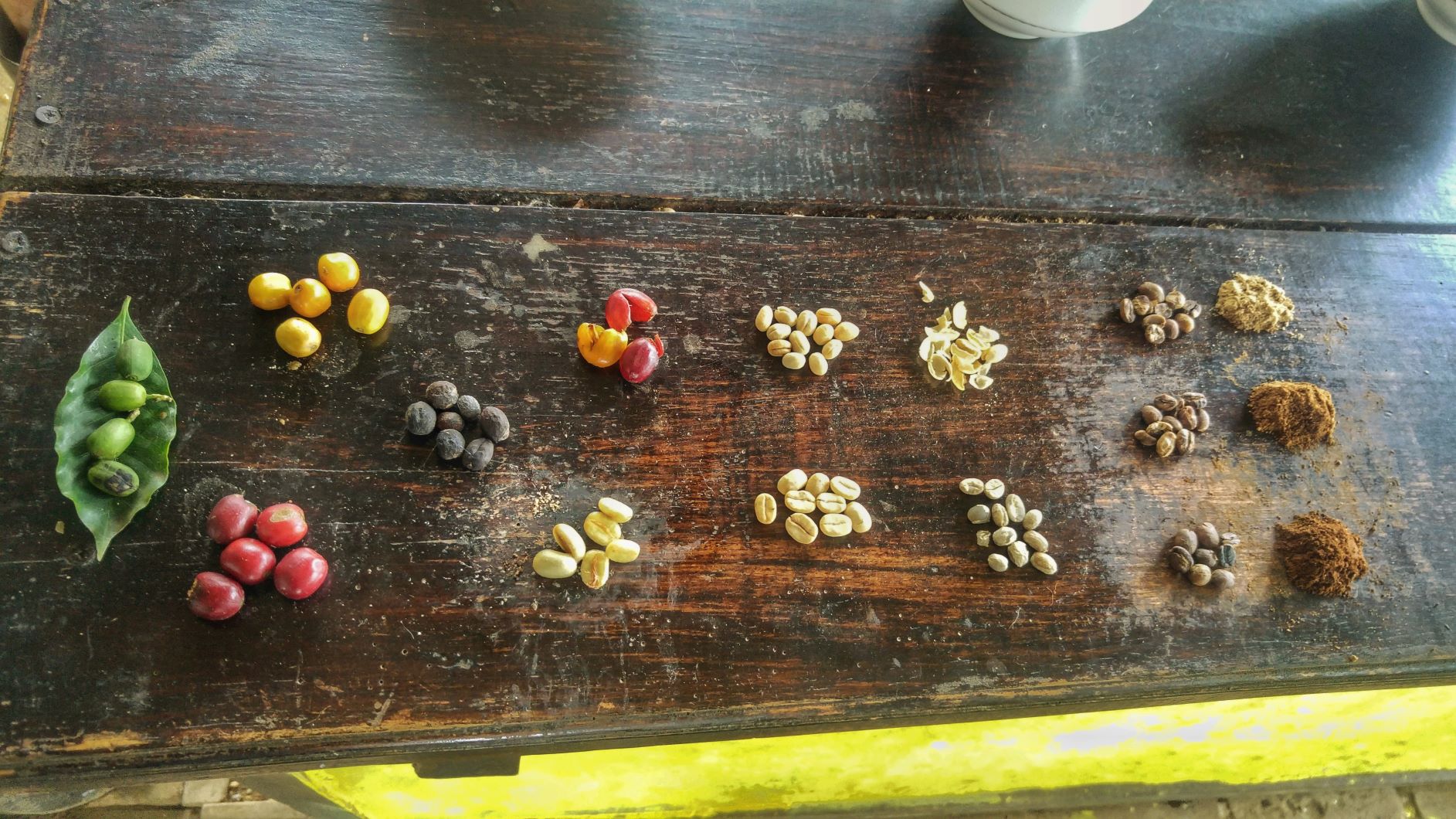
Here a separation process will take place. The best coffee beans are dense and will sink. Lower quality beans will float to the surface. Guess who gets the best beans for their morning fix? Us! Colombia’s renowned for some of the world’s finest coffee, but it gets exported to the overseas market. The Colombians are left with the floaters!
Of course, Colombians are starting to latch on and want a good cup for themselves. However, farmers can’t meet demand. In a bizarre twist of fate, Colombia actually has to import millions of dollars worth of quality coffee each year!
Once washed, the coffee beans must be dried out. This can take 48 hours and they’re turned regularly to ensure no water remains.
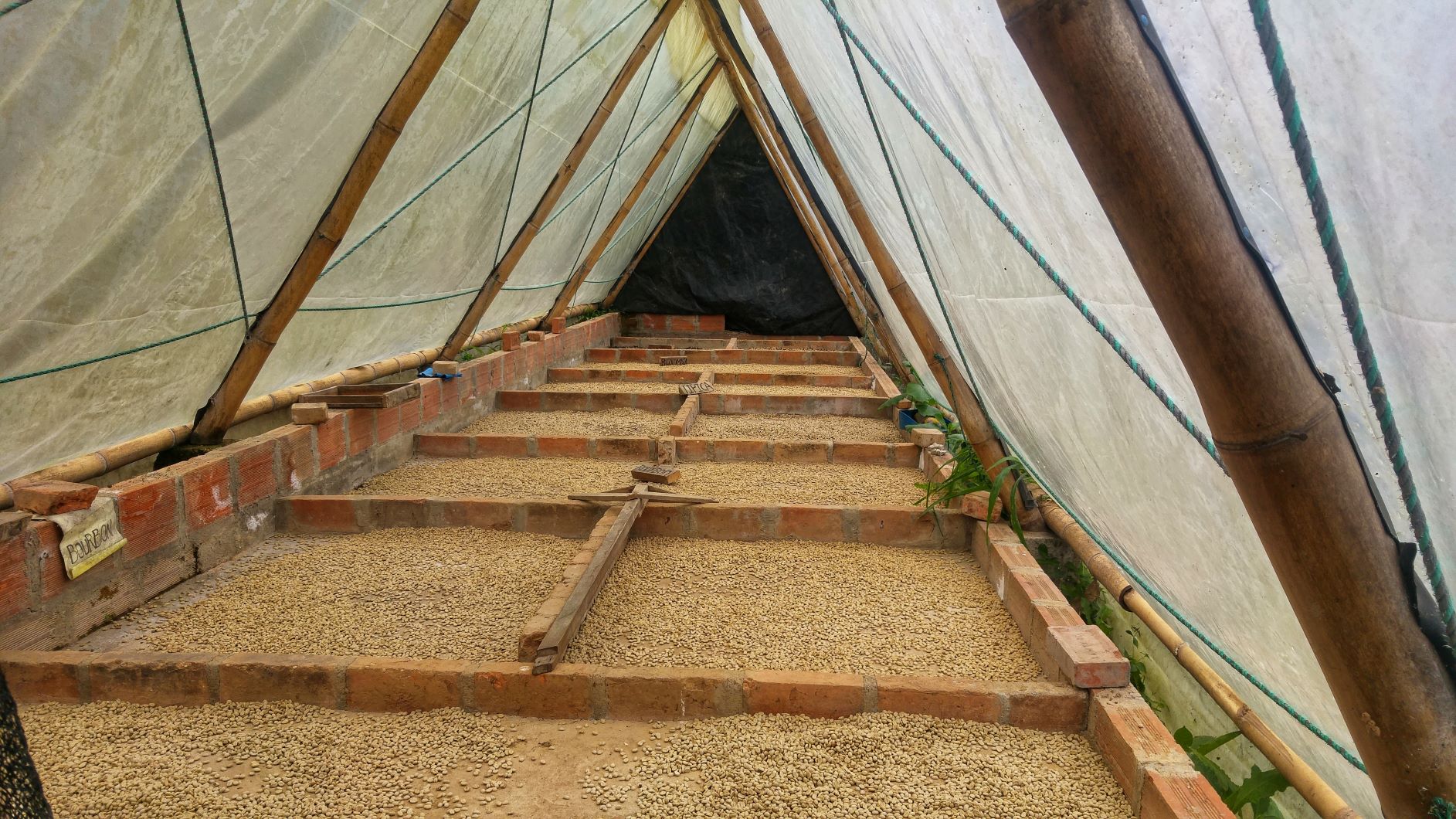
After drying there’s an incredibly labour intensive process of picking out ‘Peaberry’ coffee beans by hand. The majority of coffee beans are as we’d imagine; a 50/50 almost symmetrical look. Yet Peaberry coffee beans are those which are at least 80/20. I.e. the bean is bigger, fuller and allegedly has a better flavour. Coffee aficionados want this and thus the Peaberry beans are extracted by hand.
At this stage, the coffee beans are bagged and ready for sale. Coffee has a given value and will be sold by weight. However, the pros know what they’re doing and will open the bag to test the beans. If dried thoroughly they will crush easily in the hands. If it’s found that the beans aren’t thoroughly dried, a lower price will be given. After all, more water means more weight, so the 40kg bag for sale may actually contain 3kg of water. The farmer’s purchase price goes down accordingly!
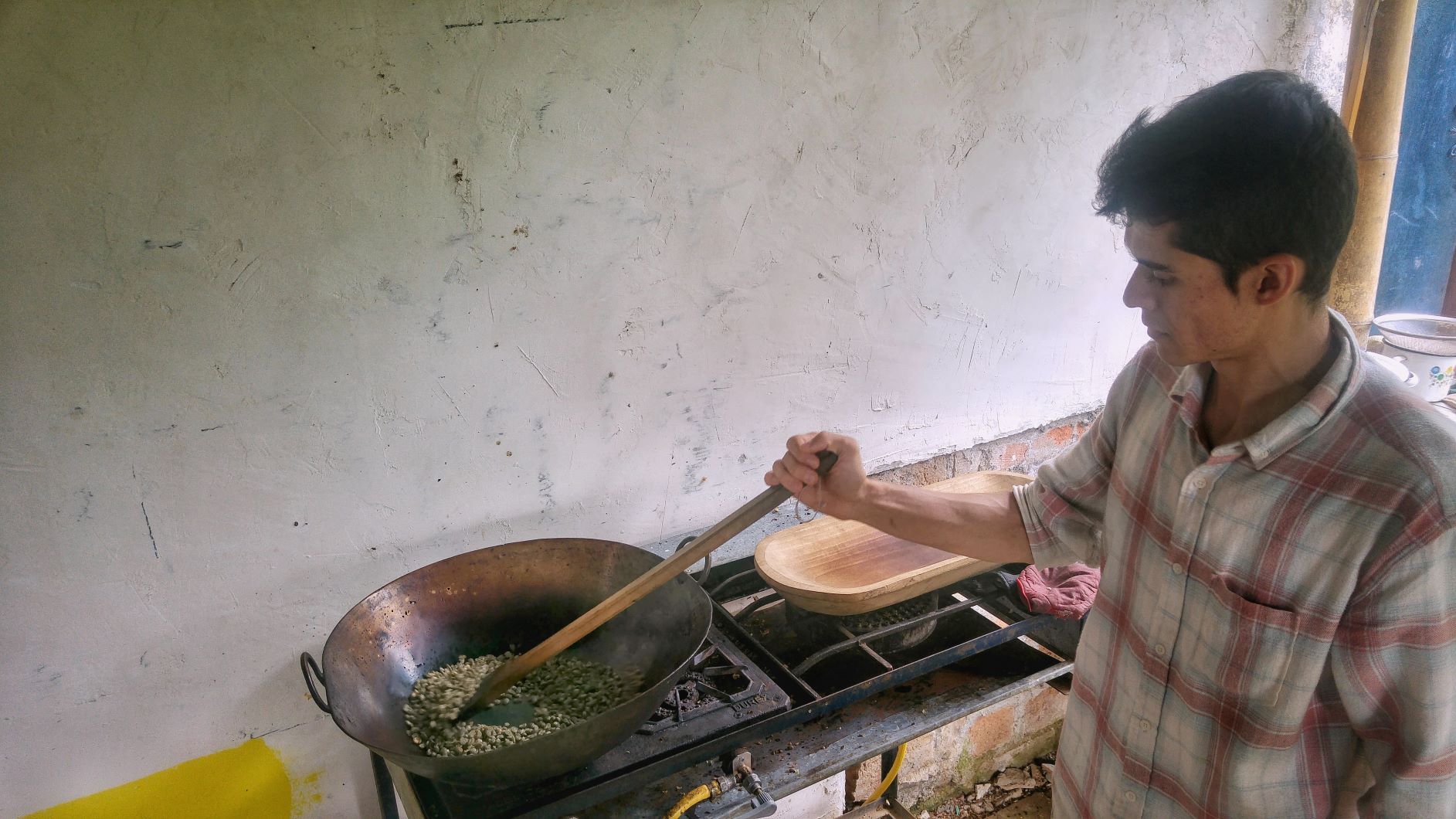
The coffee beans now need a bit more work to get the required taste. This is where roasting come in. You’ve probably heard of light, medium, dark and so on. Well, that’s the shade the bean turns once heated in a copper pan. A dry roast means nothing is added and the beans are simply rotated over a high heat for a given period of time.
At this part of the coffee tour we were able to sample six coffees. Ranging from light to dark, we were given a spoon to slurp it back and analyse the flavour. All were divine. The light roasts had a tea like consistency, medium offering a balanced depth and dark with a nutty aftertaste. (I’m starting to sound like the person I didn’t want to be).
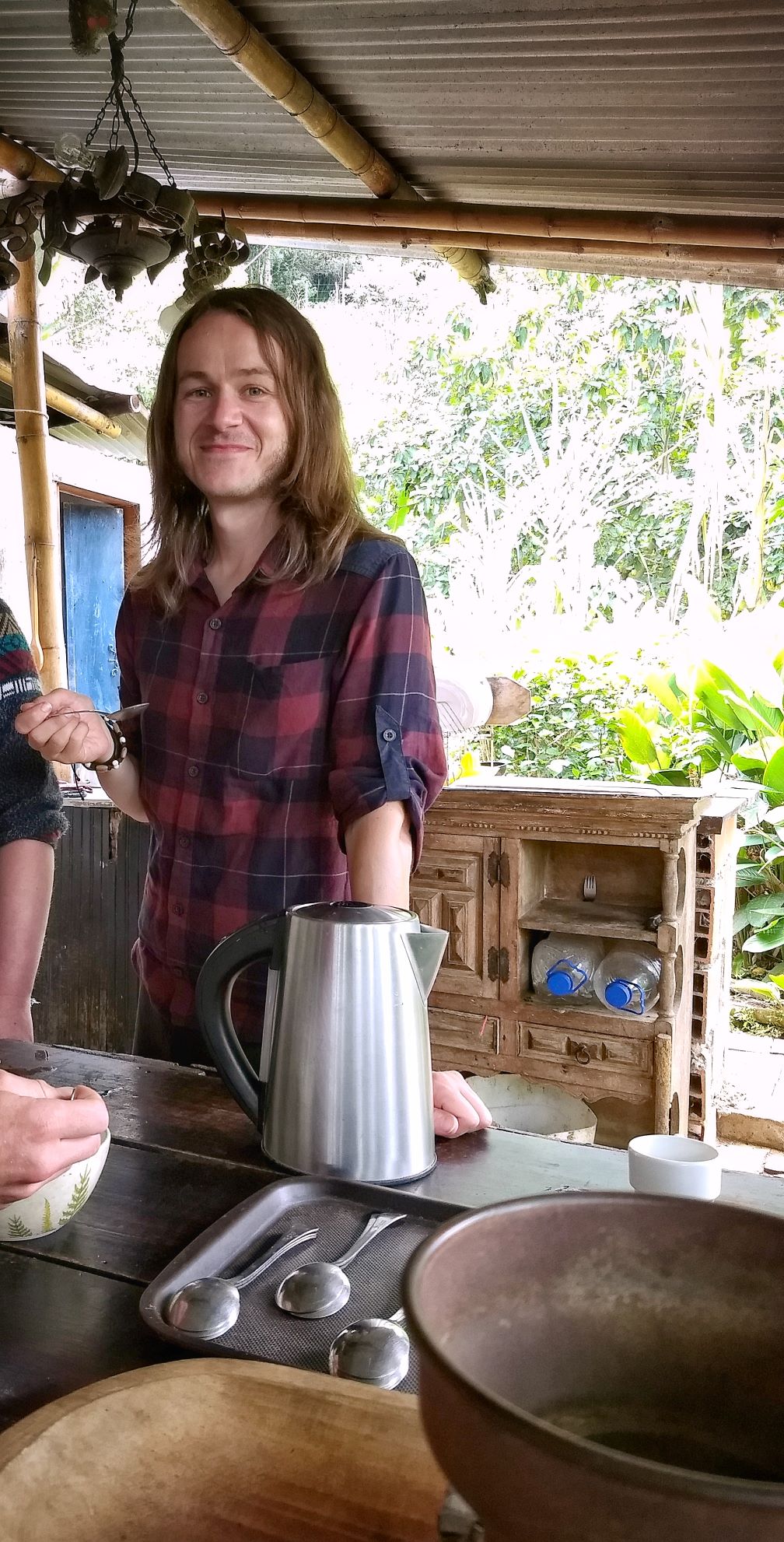
The group reached a consensus on the flavour we enjoyed the most. This was somewhere between the medium and dark, so our fresh coffee beans were roasted to that level. This was defined as ’17’. Meaning the beans should be roasted for 17 minutes. An art form in itself, the process is never timed. Rather, it is done on feel.
With freshly roasted ‘17’ coffee, we all took the time to savour a cup. Looking out over the rolling Salento hills, it was the perfect way to end and incredible coffee tour.
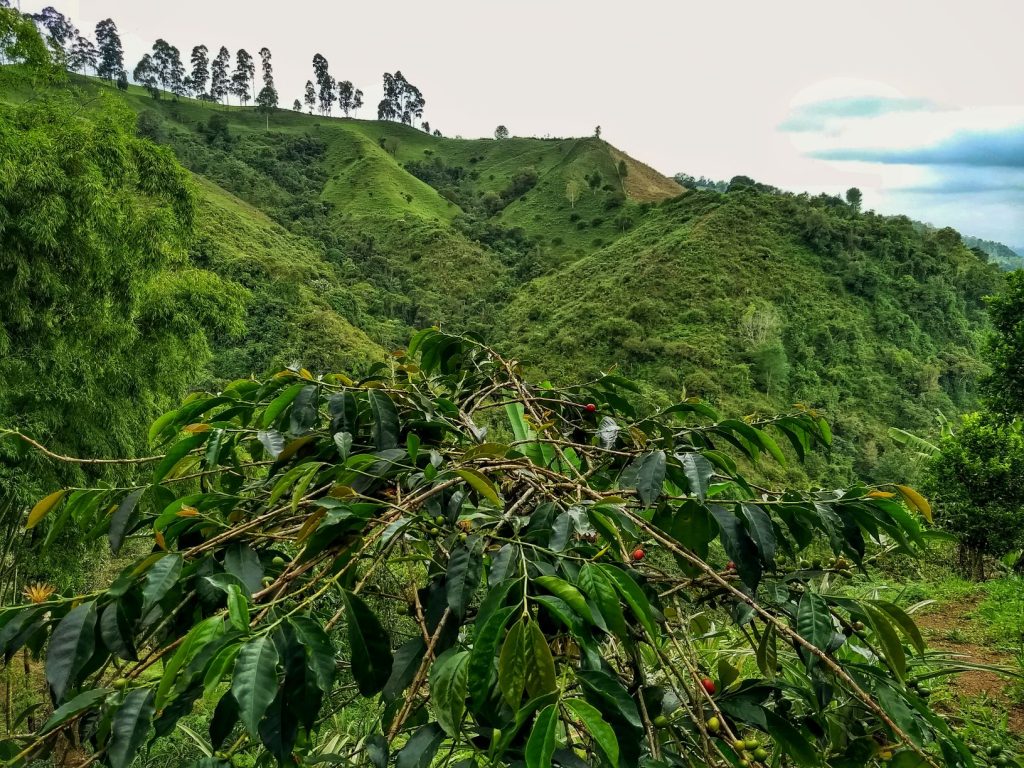
Additional things to know about Coffee Tours in Salento
The Don Eduardo coffee tour is $30,000 Colombian Pesos ($9 USD). It lasts an incredible three hours and goes in to great detail. Not all coffee tours do things so in depth and many only last one hour. Expect to pay $15,000 ($4.5) for those.
SHARE OR PIN POST
